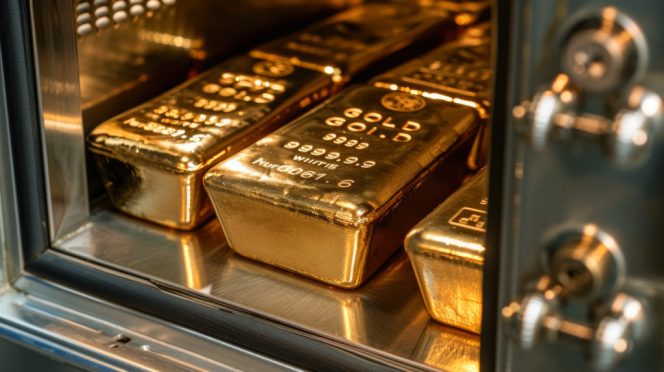Amaroq’s principal asset is a 100% interest in the Nalunaq gold project. Credit: Amaroq Minerals
Greenland’s biggest miner Amaroq Minerals Ltd is in talks with several state-backed agencies as Donald Trump’s political spotlight translates into concrete investor interest, the company’s chief executive officer said.
The US and Europe are racing to secure critical minerals and reduce reliance on China, which currently dominates global supply chains for materials used in electric vehicles, wind turbines and defense technologies. Once dismissed as remote and inaccessible, Greenland is gaining strategic relevance as melting ice improves access to its mineral-rich terrain.
Amaroq, which operates a newly opened gold mine and holds the largest portfolio of mineral exploration licenses in Greenland, is in talks with a number of government-backed lenders and institutions in the US and the European Union about state loans, offtake agreements and direct investments, CEO Eldur Olafsson said in an interview. He declined to provide specific names.
“They are looking for ways to either back businesses, back mining projects, back energy projects,” Olafsson said. “They’re looking for ways to secure supply of certain minerals to the US, for example. And we see the same thing on the Danish side and the European side.”
His Toronto-based company saw a rush of investors from both sides of the Atlantic to its oversubscribed funding round earlier this month as Amaroq raised $61 million. Denmark’s state-backed investment fund EIFO pledged $15.4 million. The CEO said the company wasn’t in need of seeking capital but took advantage of the surging interest.
Trump has said the US needs control over Greenland for security reasons, while Republican lawmakers have also pointed to the island’s vast mineral wealth, especially rare earth elements, as a key strategic asset.
Amaroq has enjoyed growing investor focus already since Trump first took office in 2019, and as geopolitical competition for critical minerals heated up, Olafsson said. He noted that Trump’s renewed interest in Greenland during his second presidential term clearly brought motivation to some investors.
“We’ve seen a lot of interest,” he said. “And it’s all beneficial for Greenland.”
For the Arctic island, which is betting on its mining sector to help diversify the economy and lay the groundwork for future independence from Denmark, there’s a lot at stake. Greenland currently relies heavily on fishing and receives an annual grant of about $600 million from Copenhagen, which also funds key public services such as policing and defense.
Despite Greenland’s vast untapped reserves, commercial extraction remains limited so far. Harsh operating conditions, high production costs and relatively low mineral concentrations have deterred large-scale development. Without guaranteed buyers or government support, mining projects face significant risk and often struggle to get off the ground.
Still, signs of state-backed momentum are growing. The US Export-Import Bank is considering a loan of as much as $120 million for a Greenland-based rare earths project. The EU, meanwhile, has designated a graphite mine in southern Greenland as a strategic project, making it eligible for support under the bloc’s critical raw materials strategy.














